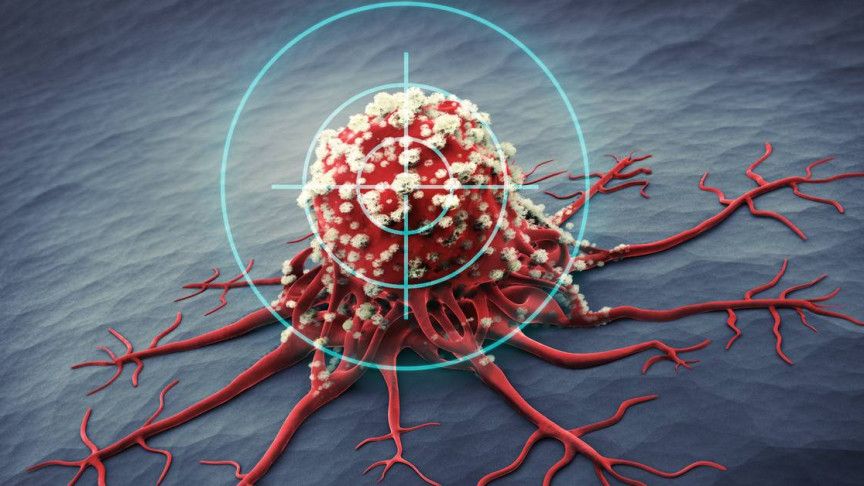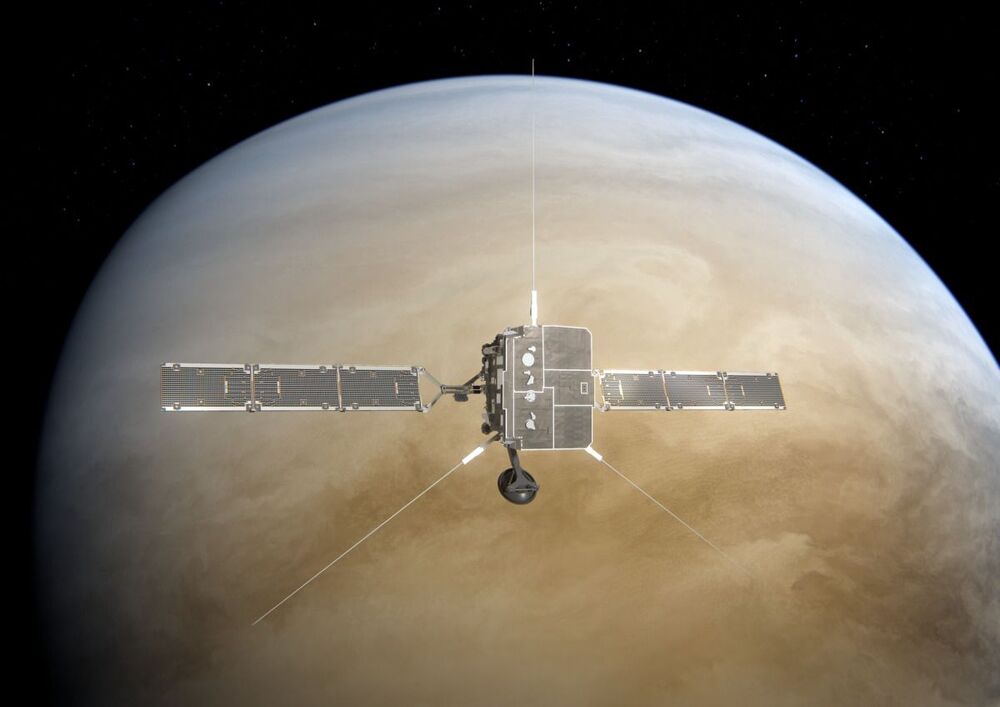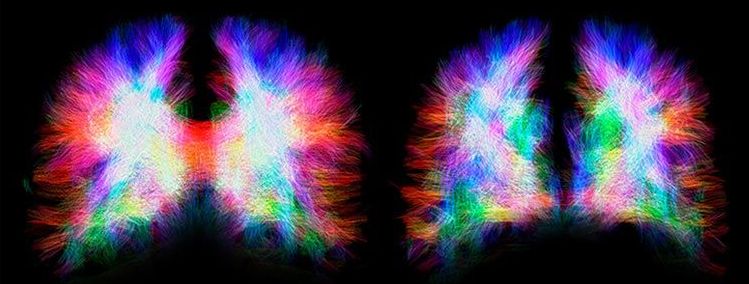It’s nice to see the logic in how they make these things. It doesn’t seem simple at all. 😃
Click to expand.
This anti-ram barrier is capable of stopping a truck 😲 👏.



It seems even police cars are moving to Tesla. 😃
Tesla Model Y enters the world of crime-fighting, commissioned by the Hastings-on-Hudson Police Department, Westchester County, New York. This is the first Model Y that has already been purchased and equipped as a police department vehicle in the world.
On December 21, the Hastings-on-Hudson Police Department shared the great news with the community via their Facebook. The PD has acquired and has already received their first electric car—Tesla Model Y. Police Chief David Dosin said the Westchester County Department was the first in the county to receive delivery of the all-electric police car, as the department is committed to alternative fuels and clean technologies.
Hastings PD introduces the first police outfitted Tesla Model Y in the US!!
The Hastings PD took delivery of a brand new Tesla Model Y today! It will serves as the police car assigned to the Detective Division.

You want 2021 to be super. But not in a super gonorrhea type of way.
“Super gonorrhea” is trending on Twitter right now because, well, why not? It’s 2020, after all. And what better thing to have trend at the end of a year that brought us the Covid-19 coronavirus pandemic, a shortage of basically everything, constant drama in the White House, and a Presidential election that just won’t end? Consider this sexually transmitted infection to be the pie à la mode, the night cap, the final wipe of 2020.

This new anti-cancer drug will be attacking the mitochondria of cancer cells. They do this by inhibiting the enzyme mitochondrial RNA polymerase (POLRMT).
Differentiated tissues are said to be tolerant of the inhibition of this enzyme while rapidly proliferating cells are impacted more.
The compound was found to reduce tumor growth in mice.

This doesn’t sound good. 😃
The scientists put hundreds of participants through memory and cognitive tasks as well as brain scans, according to the research, published last month in the journal World Psychiatry.
Joseph Firth, the Western Sydney University scientist who led the project, described in a press release how the internet’s design is changing both the structure and abilities of the human brain.
The “limitless stream of prompts and notifications from the Internet encourages us towards constantly holding a divided attention,” said Firth, “which then in turn may decrease our capacity for maintaining concentration on a single task.”



People born without a corpus callosum do not have a bridge between the two cerebral hemispheres. Neuroscientists from UNIGE have shown how the brain manages to adapt.
One in 4000 people is born without a corpus callosum, a brain structure consisting of neural fibers that are used to transfer information from one hemisphere to the other. A quarter of these individuals do not have any symptoms, while the remainder either have low intelligence quotients or suffer from severe cognitive disorders. In a study published in the journal Cerebral Cortex, neuroscientists from the University of Geneva (UNIGE) discovered that when the neuronal fibers that act as a bridge between the hemispheres are missing, the brain reorganizes itself and creates an impressive number of connections inside each hemisphere. These create more intra-hemispheric connections than in a healthy brain, indicating that plasticity mechanisms are involved. It is thought that these mechanisms enable the brain to compensate for the losses by recreating connections to other brain regions using alternative neural pathways.
The corpus callosum develops in utero between the tenth and twentieth week of gestation. Agenesis of the corpus callosum is a congenital brain malformation in which this brain structure fails to develop, resulting in one out of 4000 babies born without a corpus callosum. When it is missing, nothing replaces this structure measuring about ten centimeters, with the exception of cerebrospinal fluid. This means that the information transmitted from one hemisphere to the other can no longer be conveyed by the neuronal projections from the corpus callosum. “Their role in a healthy brain,” begins Vanessa Siffredi, a researcher in UNIGE’s Faculty of Medicine, “is to ensure the functioning of various cognitive and sensorimotor functions.” Surprisingly, 25% of people with this malformation have no visible signs; 50% have average intelligence quotients and learning difficulties; and the remaining 25% suffer from severe cognitive disorders.
Cactus leather! 😃
The quest for vegan leather is a never-ending one, as more and more researchers are focusing on finding alternative materials to real leather and create a cruelty-free world.
Two Mexican from Zacatecas seem to have found a great substitute in the form of Desserto, which is vegan leather made from cactuses. There have been some previous attempts of creating cruelty-free leather from plants or from pineapple, but two Mexican entrepreneurs have thought about investigating something closer to home.
Adrian Lopez Velarde and Marte Cezarez are the founders of Adriano Di Marti, and they are selling Desserto for anyone interested in making vegan-friendly products. Desserto is made after nopal, which is a type of cactus, is processed into a material suitable for the making of all sorts of clothes and accessories.